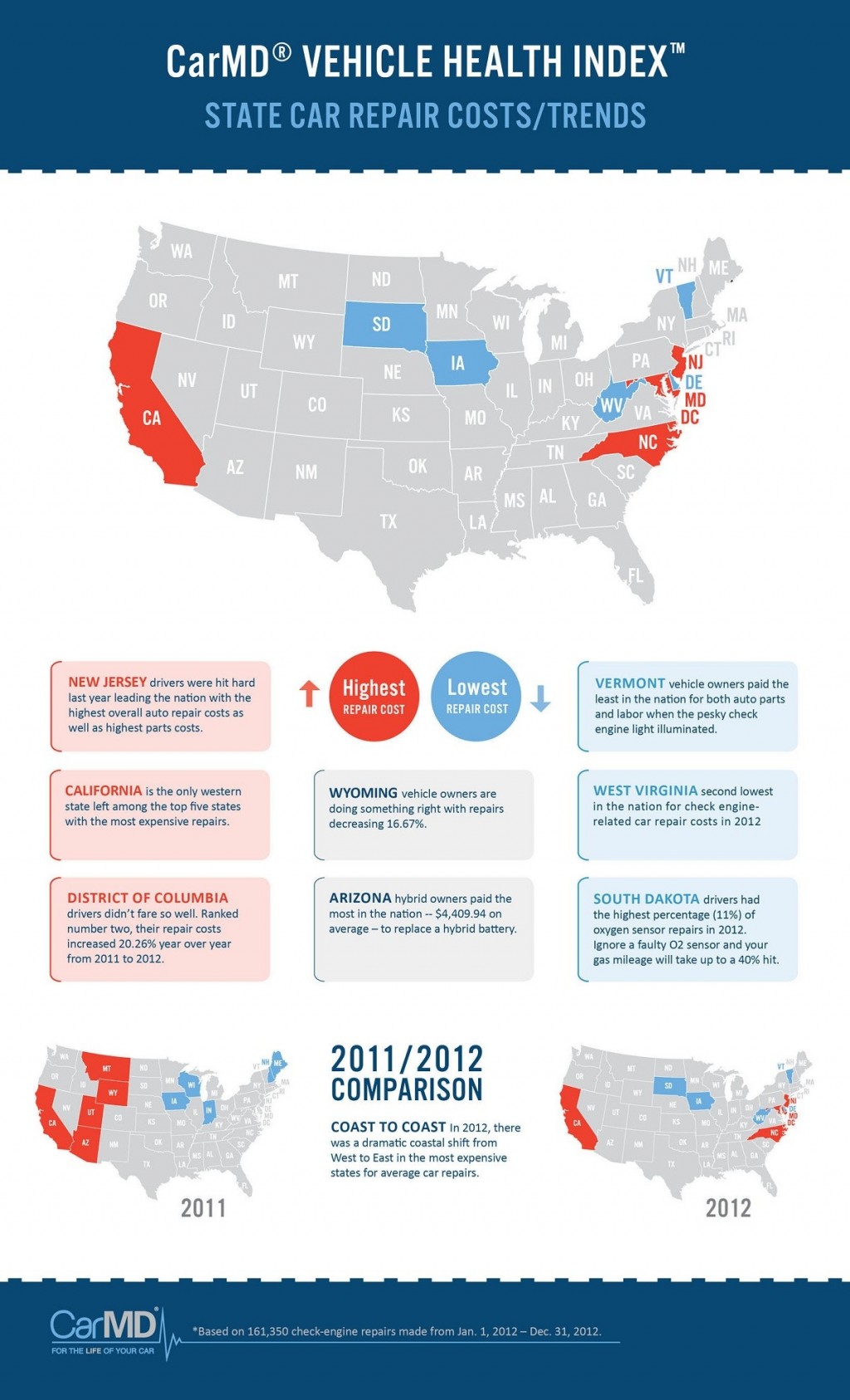Checking Out Brake Equipments: Typical Issues And Practical Solutions For Repair Work
Checking Out Brake Equipments: Typical Issues And Practical Solutions For Repair Work
Blog Article
Web Content Create By-Maddox White
When it comes to your lorry's brake system, recognizing typical issues can conserve you from potential safety risks. From recognizing brake pad wear to resolving brake liquid leakages, recognizing just how to take on these issues is important. However what concerning those spongy brake pedals? There's a repair for that too. Remain tuned to get more information about these problems and the useful services that can maintain you safely on the road.
Brake Pad Put On and Replacement
When it pertains to keeping your lorry's brake system, one crucial aspect to watch on is the wear and replacement of brake pads. Brake pads are essential parts that push against the brake blades to slow down or quit your car. Gradually, these pads wear down due to friction, requiring regular examination and replacement to guarantee your brakes operate effectively.
To figure out if your brake pads require replacement, listen for screeching or grinding sounds when you apply the brakes. Furthermore, if your car takes longer to stop or you see vibrations or pulsations when braking, it may be time to change the brake pads.
Neglecting used brake pads can bring about decreased braking performance, damages to various other brake elements, or perhaps brake failure.
Changing brake pads is a relatively straightforward procedure for several cars. Nevertheless, if https://www.automobilsport.com/cars-tuning--37,233196,10-Benefits-Of-Auto-Repair-Shop-Management-Software,news.htm or awkward doing this task, it's best to consult a specialist mechanic to guarantee proper installment and optimal brake performance.
On a regular basis inspecting and changing brake pads is important for your safety and security and the long life of your car's braking system.
Brake Liquid Leaks and Upkeep
To ensure your vehicle's brake system operates optimally, it is very important to additionally focus on brake liquid leakages and upkeep. https://brakepads62849.dreamyblogs.com/31542225/a-necessary-guide-to-the-essential-devices-in-every-car-service-center-revealing-the-secrets-behind-effective-vehicle-upkeep is critical for sending the force from your foot on the brake pedal to the real braking device. One common problem with brake liquid is leakages, which can happen due to worn-out brake lines, seals, or links. If you discover a puddle or leaks under your vehicle, it's important to resolve the leak quickly to prevent a prospective brake failing.
Frequently inspecting your brake fluid level is vital to keeping your brake system. Reduced brake liquid can bring about air going into the brake lines, which compromises braking performance.
In addition, old or infected brake liquid can affect the total efficiency of your brakes. It's suggested to comply with the producer's guidelines on when to transform the brake liquid, usually every 2 years.
Spongy Brake Pedal: Bleeding Brakes
If you've ever before experienced a squishy brake pedal while driving, you comprehend the significance of keeping a firm and receptive stopping system. One common source of a spongy brake pedal is air caught in the brake lines. When air enters the brake system, it can result in a loss of hydraulic stress, leading to that distressing squishy feeling when you press the brake pedal.
To settle this issue, bleeding the brakes is needed. Hemorrhaging the brakes entails removing the air from the brake lines to recover proper hydraulic stress.
To hemorrhage the brakes, you'll need a helper to aid you. Start by locating the brake bleeder valve on each wheel, usually found near the brake caliper. With a wrench, loosen the valve and have your assistant press the brake pedal while you observe any kind of air bubbles appearing. Repeat this process for each wheel, starting from the wheel farthest from the master cyndrical tube and moving closer.
As soon as you no longer see air bubbles and just clear liquid arises, tighten the valve and top up the brake liquid reservoir as required. Hemorrhaging the brakes helps guarantee a company brake pedal and improves total braking efficiency.
Final thought
Since you understand usual brake issues and exactly how to fix them, you can ensure your car's security and efficiency. Remember to listen for warning signs like shrieking noises or spongy brake pedals, and address them immediately. Routine maintenance and timely substitutes are key to maintaining your brakes in leading problem. Stay aggressive and conscientious to your brake system to take pleasure in safe and trustworthy driving experiences.
